THE ONE INFALLIBLE WAY TO GET CATHOLICS TO LEAVE BABYLON
IS TO PRESENT A TRUE HISTORY OF THE PAPACY!! |
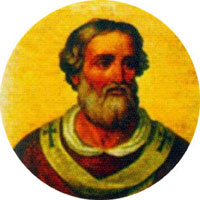 Pope Adrian I (d. 795). Pope from 772 to 795. |
|
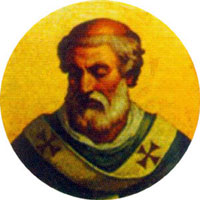 Pope Leo III. Pope from 795 to 816. |
The Papacy of Adrian prepared the way for the crowning of Charlemagne as "Holy Roman" Emperor by Pope Leo III. Charlemagne did not see the incongruity of a Roman Emperor not residing at Roma.
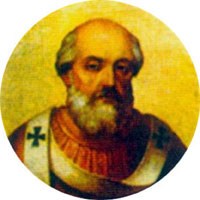 Pope Adrian II (792–872). Pope from 867 to 872. |
|
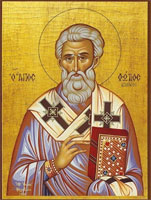 Saint Photius the Great (820–893). |
Like his predecessor Nicholas I, Adrian was forced to submit in temporal affairs to "Holy Roman" Emperor Louis II, who placed him under the surveillance of Arsenius, bishop of Orte, his confidential adviser, and Arsenius' nephew Anastasius, the librarian
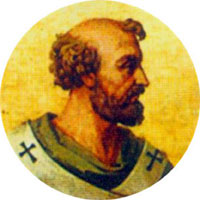 Pope Adrian III (d. 885). Pope for 1 year only. |
|
 Pope Stephen V. Pope from 885 to 891. |
We know that dead men (even Popes) cannot stand trial and defend themselves, but the next Pope was convinced that his dead predecessor could stand trial, and answer certain questions about his conduct while pontiff.
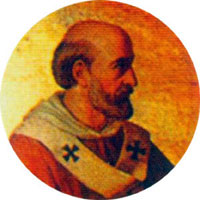 Pope Adrian IV (1100–1159). Pope from 1154 to 1159. |
|
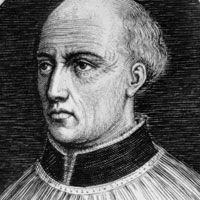 Thomas Becket (1120–1170). Archbishop from 1162 to 1170. |
Pope Joan VII was born in Britain, but she is not officially numbered among the successors of Pope Julius I.

Pope Adrian V (1210–1275).
Pope for 38 days only. |
|
 Pope John XXI. Pope from 1276 to 1277. |
It could be said that they were all "good Popes" became the reigns were very short!
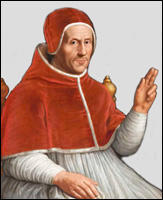 Pope Adrian VI (1459–1523). Pope from 1522 to 1523. |
|
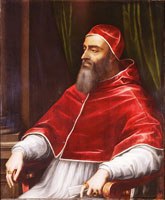 Pope Clement VII (1478–1534). Pope from 1523 to 1534. |
Henry had just sent a shipload of gold to Pope Clement and everything was set for the pontiff to grant the king his annulment on the ground of consanguinity. With Pope Clement as his prisoner, Charles kept the gold, and the king never obtained his annulment from Catherine of Aragon.
That debacle led to Henry divorcing Roma permanently. However, Henry had powerful enemies in his kingdom, led by Sir Thomas More, who were determined to maintain the status quo Babylonian Captivity. Henry's wife, Queen Anne Boleyn, was beheaded, and "Bloody Mary" Tudor tried desperately to undo the Reformation.
Reference
Norwich, John Julius. Absolute Monarchs: A History of the Papacy. Random House, New York, 2011.